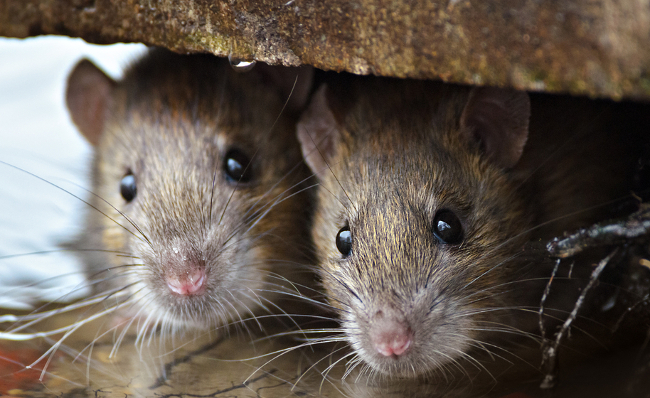
Until people arrived, New Zealand had a unique ecosystem. There were only two mammals, neither of which were predatory. Then humans showed up, bringing all sorts of predators with them, and New Zealand has been fighting to preserve its native species ever since. Now the government is taking a hard line, declaring it’s going to kill all its wild predators by 2050.
In case it’s not on your radar, New Zealand has a huge range of introduced mammals — stoats, ferrets, rats, and feral cats abound. Basically anything with fur and beady eyes doesn’t belong on the island, and the country has campaigned against invasive species for years. These animals (adorable as they may be) have an enormous impact on New Zealand’s native bird species, such as the iconic Kiwi (which evolved to be flightless because it had no predators), and if New Zealand doesn’t do something soon, much of its native wildlife could be all but extinct.
New Zealand’s government, which is committing $28 million to the pest control project, admits it’s ambitious and will require creating new methods to trap and, well, kill mammals. But leaving aside the public relations issues that will inevitably be involved with killing off feral cats, removing an invasive species is a trickier business than it looks. Researchers attempted to save the birds of Macquarie Island by removing the feral cats, only to watch another invasive species, the rabbit, denude the whole island. While removing invasive species is possible, it’s tricky, and the Macquarie Island example demonstrates that it can go wrong in a host of ways. For example, even if New Zealand kills every rat in its borders tomorrow, more will soon arrive anywhere a ship can dock.
It’s an interesting problem for the modern age: In an era of globalization, can we exterminate invasive species to better serve the locals?
(Via Gizmodo)






